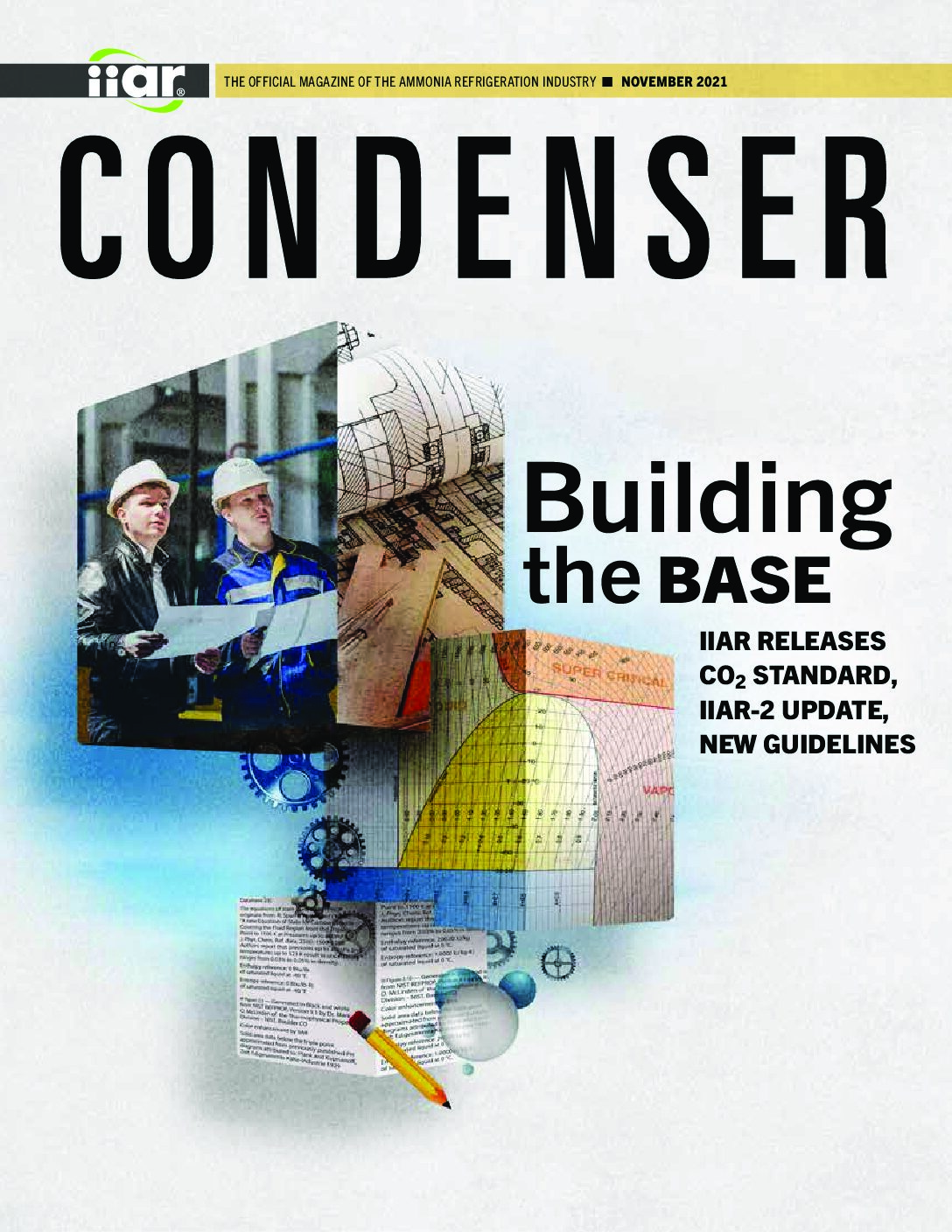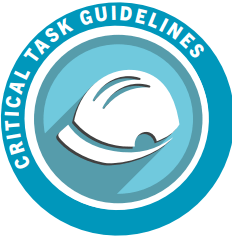
President’s Message by Gary Schrift
In this issue of the Condenser, we’re looking at how IIAR’s mission continues to shape the world of refrigeration, even as that world is constantly shifting. From our standards writing efforts to new training program development, the task of influencing and even guiding regulatory activity so that it keeps pace with new technology and an ever-evolving business landscape – falls to us.
Read More
















